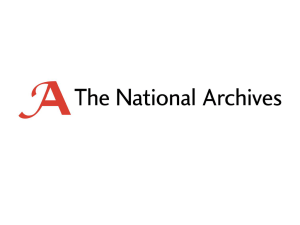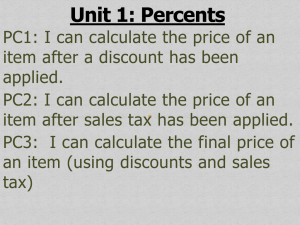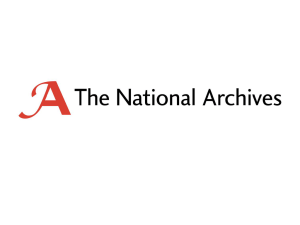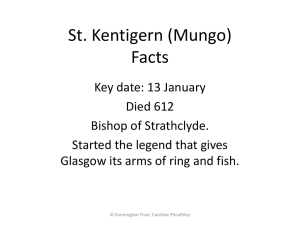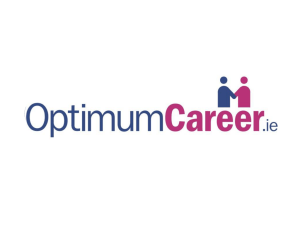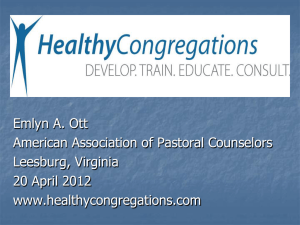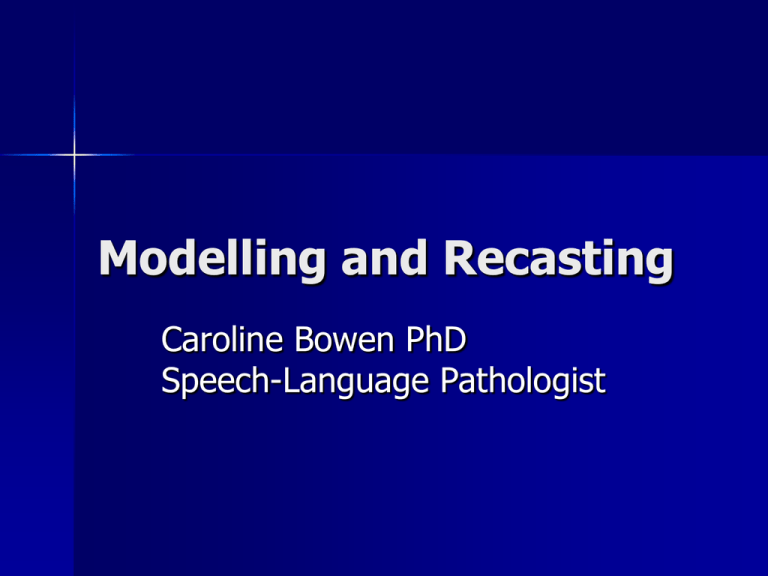
Modelling and Recasting
Caroline Bowen PhD
Speech-Language Pathologist
These slides are about
Modelling
Recasting (a type of modelling)
This version Copyright © 2006 Caroline Bowen All rights reserved
Language learning
All children are language learners.
Part of their speech and language
development is innate.
Part of it is learned through the
modelling of people around them.
Parents are young children’s main
speech and language models.
This version Copyright © 2006 Caroline Bowen All rights reserved
What is modelling?
The term has two meanings in a
speech pathology sense:
1.
providing a ‘model’ or example, all the
time, of how to communicate
2.
‘modelling’ an example of a specific
language or speech ‘target’
This version Copyright © 2006 Caroline Bowen All rights reserved
What is a target?
A target is a speech or language
behaviour we want to encourage
your child to use when
communicating: e.g.,
a speech sound might be a target
or a grammatical structure
might be a target
This version Copyright © 2006 Caroline Bowen All rights reserved
Providing a good model all
the time requires you to use:
an unhurried speech rate
clear speech
short sentences
appropriate vocabulary
more repetition and re-stating
than you would use if you were
talking to another adult
This version Copyright © 2006 Caroline Bowen All rights reserved
There are many ways to model
The following examples are of
ineffective ways to model.
They are particularly ineffective
for children with speech sound
disorders.
C = child
A = adult
This version Copyright © 2006 Caroline Bowen All rights reserved
Pointless Modelling
C: That’s a bid bird.
A: Not a bid bird.
A big bird.
What did the child hear?
‘Bid’ was heard twice and ‘big’ once.
The adult cancelled him/herself out!
This version Copyright © 2006 Caroline Bowen All rights reserved
IneffectiveModelling
C: That’s a bid bird.
A: Not a bid bird.
You don’t say ‘bid bird’
You have to remember
to say ‘big bird’.
Child tunes out
Child heard ‘bid’ three times, and
‘big’ once (if they were listening)
This version Copyright © 2006 Caroline Bowen All rights reserved
C: Pease can I have one?
A: You mean puh-leeze.
Puh-leeze may I have one?
C: [THINKS] Yeah, yeah, yeah
This exaggerated sort of modelling is
inadvisable.
It distorts the sounds, so that the child
does not hear the target properly.
This version Copyright © 2006 Caroline Bowen All rights reserved
C: He hurt his weg.
A: Hurt his weg?
What are you supposed to say?
C: [thinks] Huh?
In this example NO speech
model has been provided.
This version Copyright © 2006 Caroline Bowen All rights reserved
C: I want the wed one pweeze.
A: You want the which one pweeze?
No speech model has been provided.
This version Copyright © 2006 Caroline Bowen All rights reserved
C: Tan you det it?
A: Not tan you det it.
Can you get it.
You say it: can you get it.
C: Tan you det it.
Followed by short talk on ‘can’,
‘tan’, ‘get’ and ‘det’ – sigh!
This version Copyright © 2006 Caroline Bowen All rights reserved
Modelling via a single ‘recast’
The following example is typical
of the way parents ‘model’ when
their typical language learner makes
a speech error.
The adult ‘recasts’ what the child
says …
ONCE
This version Copyright © 2006 Caroline Bowen All rights reserved
‘Weak’ Modelling
C: That’s a bid bird.
A: It is. It is a big bird.
It ‘comes naturally’ to model this way;
it is OK for a ‘typical’ language learner
but not ‘powerful’ enough for a child
with a speech sound disorder.
This version Copyright © 2006 Caroline Bowen All rights reserved
Effective
conversational modelling
The following examples are of
ways to model effectively when
speaking to children who are
having difficulties with speech
sound development.
This version Copyright © 2006 Caroline Bowen All rights reserved
Modelling corrections
C: I like his punny pace.
A: I like his funny face too.
It’s a really funny face.
A funny face.
Do you know what that guy
with the funny face is called?
This version Copyright © 2006 Caroline Bowen All rights reserved
Modelling corrections
C: Det it down!
A: Get what down?
Oh, get this down?
OK. I’ll get it for you.
I think I can reach.
Uh-huh, I can get it.
This version Copyright © 2006 Caroline Bowen All rights reserved
Modelling corrections
C: I like his punny pace.
A: I like his funny face too.
It’s a really funny face.
A funny face.
Do you know what that guy
with the funny face is called?
This version Copyright © 2006 Caroline Bowen All rights reserved
Recasting
The term recasting refers to
repeating an error-utterance back
to someone, but with the error
corrected.
Here are some examples…
Recasting for grammar
C: I maked my bed.
A: I made my bed.
C: I maded my bed.
A: I made my bed.
Recasting for syntax
C: What time it is?
A: What time is it?
Recasting for vocabulary
C: Shall I get Daddy’s sword?
A: Shall I get Daddy’s saw.
Recasting for speech sounds
C: I want the lellow one.
A: I want the yellow one.
Recasting is often used by
adults to encourage ‘manners’
C: Give me my juice.
A: What’s the magic word?
Give me my juice please.
conversational recasting when a
child says a word incorrectly
provides a modelling correction
- without overt criticism …
- without interrupting the ‘flow’
- without getting in the way
of listening
This version Copyright © 2006 Caroline Bowen All rights reserved
conversational recasting when
a child says a word correctly
provides positive reinforcement
- without overt criticism
- without interrupting the flow
- without getting in the way
of listening
This version Copyright © 2006 Caroline Bowen All rights reserved
remember to recast again!
When you notice you have
“recasted”, remember to do it
again with the same sound,
word, or grammatical structure,
two or three times, later the
same day.
This version Copyright © 2006 Caroline Bowen All rights reserved
Important!
Parents are young children’s main
speech and language models.
Speech and language development
is a gradual process.
Expect your child’s progress to be
gradual.
This version Copyright © 2006 Caroline Bowen All rights reserved
Happy Modelling!
This version Copyright © 2006 Caroline Bowen All rights reserved
Caroline Bowen PhD
Speech-Language Pathologist
9 Hillcrest Road
Wentworth Falls NSW 2782
61 2 4757 1136
cbowen@ihug.com.au
www.speech-language-therapy.com
This version Copyright © 2006 Caroline Bowen All rights reserved
This version Copyright © 2006 Caroline Bowen All rights reserved

